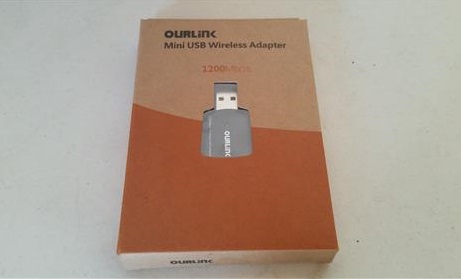TP-Link Archer VR900: One Of The Best Cable-Only 802
It’s not just suitable for ADSL connections though – it’s also VDSL compatible, so will work with Fibre To The Cabinet (FTTC) and cable connections too, although not with Fibre To The Premises (FTTP) lines. That should still include most BT, Sky, TalkTalk and Plusnet subscribers, though, as well as other smaller VDSL ISPs.The Archer VR900 is the ADSL modem-equipped version of TP-Link’s Archer C9, one of the best cable-only 802.11ac routers I’ve seen.
There are four Gigabit Ethernet sockets on the rear, as well as a pair of USB ports for sharing a printer, storage or mobile broadband dongle with all your networked computers.It looks almost identical to the C9, with a glossy white plastic case, finished with metal trim, in an upright position. You can switch off the LED status lights if you find them distracting.
The first-run wizard prompts you to change the default web UI admin password, but disappointingly doesn’t also prompt you to choose a wireless network password.The straightforward web admin interface made setup a breeze. The tabbed UI is easy to get to grips with and you can switch from the default basic mode to the advanced view with a single click.
You can set up guest networks with either single- or dual-band SSIDs, and specify how much bandwidth to make available to them, but this requires setting up bandwidth controls for the entire network. The interface could be more friendly here – typing minimum and maximum Kbit/s values isn’t exactly elegant. Oddly, there’s no way to set the router to just 5GHz on 802.11n, so you have to opt for dual-band if you want to get the best speeds from 5GHz 802.11n devices.
Basic parental controls based on whitelists, blacklists and time-based schedules are all tied to the MAC addresses of your kids’ devices, so you don’t have to worry about locking yourself out at the same time. Dynamic DNS is less impressive, with only Dyndns and NO-IP officially supported.
Performance and range was something of a mixed bag. 2.4GHz 802.11n speeds using our laptop’s integrated adaptor were surprisingly poor, managing only 20.1MB/s at 10m and 14.9MB/s at 25m. It improved on 5GHz, managing 124.3MB/s at 10m and 60MB/s at 25m, but all these scores are less than the Archer C9 achieved.
There was a drastic improvement when switching to TP-Link’s own T4UH 802.11ac adaptor. Here, I saw 326MB/s at 10m and 279.6MB/s at 25m, which are among the fastest 802.11ac speeds I’ve seen.
The Archer VR900 is an attractive router that’s very easy to set up, regardless of your connection type, but it only achieves the best possible speeds and range with TP-Link’s own wireless adaptor. It’s a good buy if you want to upgrade to 802.11ac and have a VDSL ISP, but if you have a different connection the Archer C9 is probably still the better buy.








